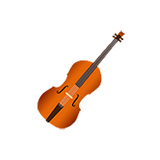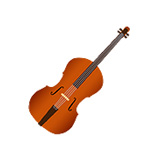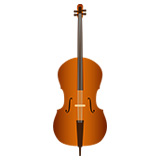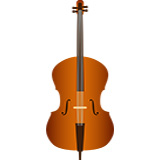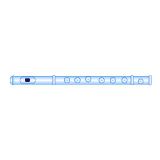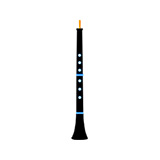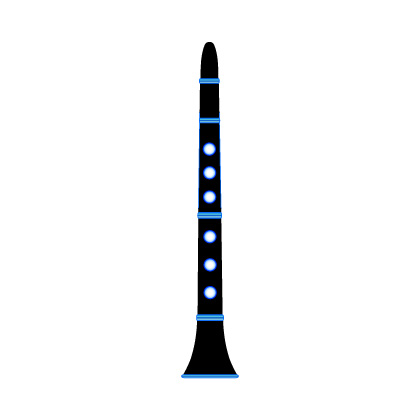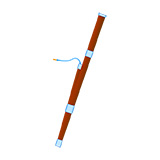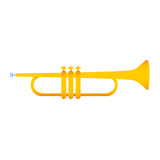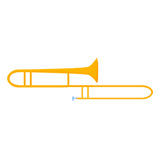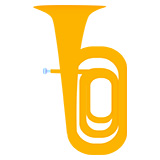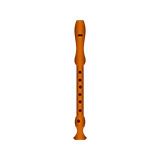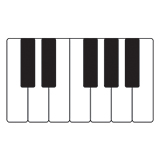
Home - Time Focus - Time Lines Contents

Time Lines Unit 2 Introduction
How to Play Quarter Notes and Quarter Rests in 4/4
The concept of Unit 2 is the same as Unit 1, except that all of these examples are in 4/4. All of the exercises, patterns, and melodies feature quarter notes and quarter rests, which are equal to one beat. In 4/4 there are four beats in a measure and the quarter note is equal to one beat. Sometimes the 4/4 time signature is represented by the letter C, which stands for common time. If you see the letter C where the time signature is indicated, it means the same thing as 4/4.
Common time is the same as a 4/4 time signature
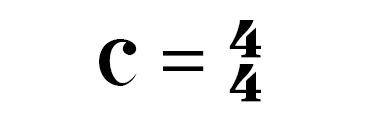
The Unit 2 rhythm exercises cover every possible combination of quarter notes and quarter rests in 4/4. As mentioned in the Unit 1 introduction, we don’t often write several quarter rests in a row. We will learn longer rest values in the next unit, but for now, seeing every beat in the measure is helpful for accurate practice. Make sure to count consistently and carefully.
Unit 2 Practice Tools:
Exercises: Play the quarter note and rest rhythm exercises in 4/4.
Patterns: Quarter note and rest rhythm patterns in 4/4.
Melodies: Quarter note and rest melodic phrases in 4/4.
Test yourself: Time Lines Rhythm Dictation quizzes.
Practice Tips for Accurate Rhythm and Reading Skills
Remember to practice these examples with a metronome as well as with the recordings on the website.
It is very helpful to practice all of this material carefully by yourself, and it can also be beneficial to practice with other musicians. You can either practice the same examples together or practice multiple examples at the same time. Some of the rhythm exercises complement each other. For instance, one group of musicians can play E207 while another group plays E210, creating a pattern of constant quarter notes played on each beat.
All of the melodic phrases follow the same chord progression, so they can all be played together. Like the exercises, some of the phrases work very well together. M209 and M210 form a melody of almost constant quarter notes. Practicing combinations of phrases like those is beneficial because it ensures that everyone is counting and performing accurately.
More Tools and Info:
Time Lines introduction
Time Lines Table of Contents
An introduction to rhythm and melody
Practice suggestions
Get the Time Lines book







